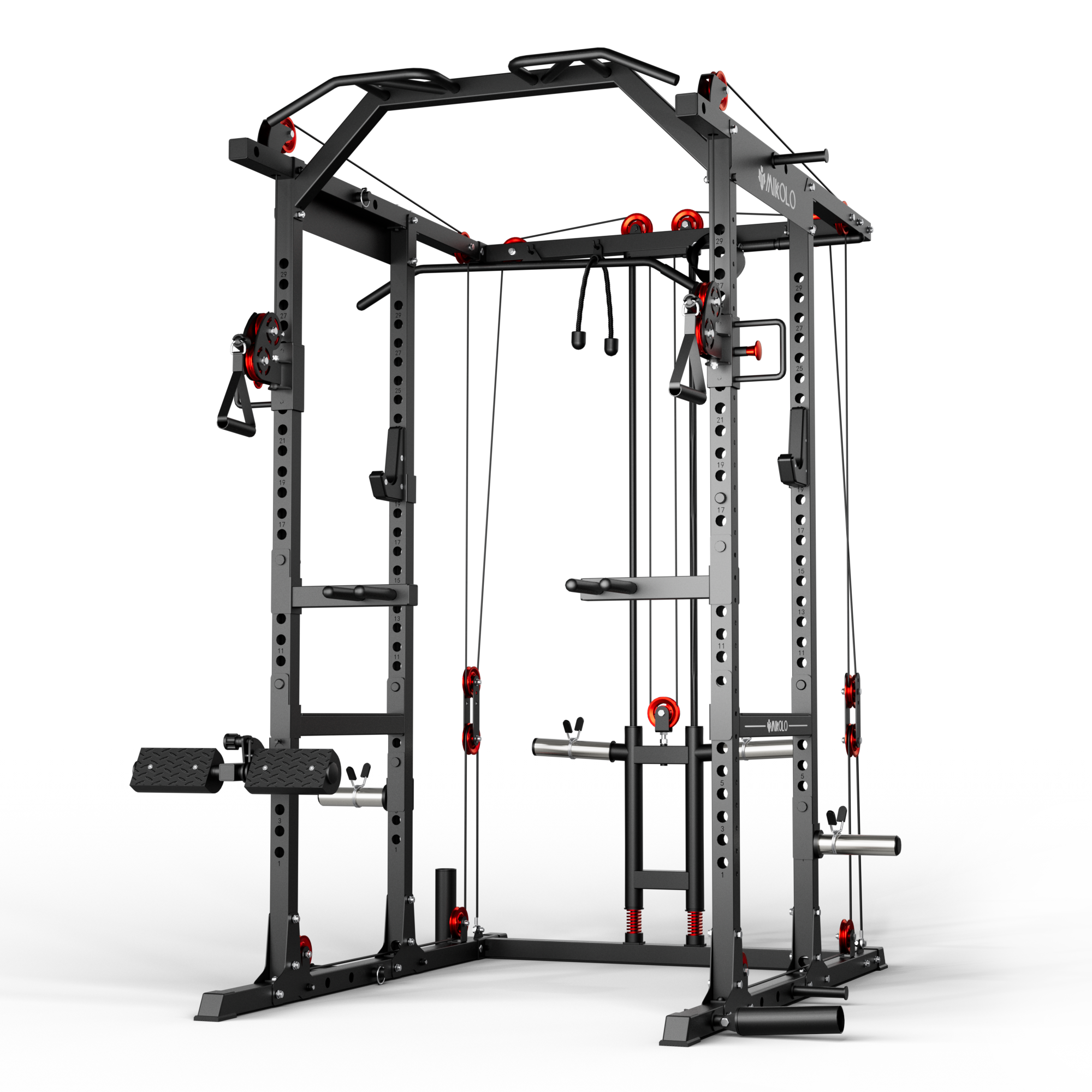Creating a safe, functional, and motivating workout environment starts from the ground up—literally. Whether you’re outfitting a commercial gym, school gymnasium, or home exercise room, the right flooring is crucial for protecting your equipment, safeguarding your joints, and elevating the overall training experience. Rubber flooring has become the gold standard across fitness spaces, and for good reason.
Why Rubber Flooring is the Foundation of a Great Gym
Rubber flooring for gymnasiums and weight rooms offers a combination of durability, shock absorption, and ease of maintenance. Unlike hardwood or basic concrete floors, rubber flooring provides a cushioned surface that reduces impact on your joints while also preventing damage to your weights and gym equipment.
In larger spaces like gymnasiums, seamless rolls of rubber flooring are often preferred for their professional look and uniform surface. They can cover large square footage efficiently, creating a safe and practical foundation for everything from basketball drills to bodyweight circuits.
Tailoring Your Flooring to Your Training Style
The type of workouts you plan to perform plays a key role in selecting the right rubber flooring:
-
Rubber Flooring for Exercise Rooms: In spaces dedicated to yoga, pilates, or functional fitness, thinner rubber mats or tiles (typically 5mm to 8mm) offer the right balance of comfort and stability.
-
Rubber Flooring for Weight Rooms: When lifting heavy weights or using barbells, thicker rubber flooring—typically 10mm to 20mm—is ideal. This prevents floor damage from dropped weights and minimizes noise during training.
-
Barbell Flooring Zones: Dedicated lifting areas often use specialized barbell flooring, which includes thicker mats or shock-absorbing tiles to further protect both the athlete and the floor surface.
Rubber Mats vs. Gym Tile Mats: Which is Best?
If you need flexibility and easy installation, gym tile mats are a popular choice. They are easy to handle, replace, and rearrange. This makes them suitable for home gym setups or small studio spaces where you may want to change the layout over time.
Rubber floor gym mats come in larger pieces and are often used under power racks, squat stands, and cardio equipment. These mats stay in place more securely and can handle higher impact activities without shifting.
Personal Experience: A Game-Changer for My Home Gym
When I first set up my home gym, I underestimated the importance of flooring. I started with basic foam tiles, thinking they would be enough. After a few months of lifting and HIIT sessions, I noticed two things: my joints didn’t feel great, and the floor was starting to wear out under my barbell. I switched to proper rubber exercise room flooring—3/4 inch thick—and it completely transformed the experience. The surface felt solid yet forgiving, the noise from dropping dumbbells reduced significantly, and my equipment stayed in top condition. It was one of the best upgrades I made to my gym setup.
Practical Tips for Choosing the Right Rubber Flooring
-
Consider Thickness: Light activity spaces do well with 5mm-8mm thickness, while weightlifting areas benefit from 10mm-20mm.
-
Choose Based on Size: For large gymnasiums, rubber rolls offer efficiency; for small spaces, interlocking gym tiles provide flexibility.
-
Plan for Easy Cleaning: Look for non-porous surfaces that resist sweat and odors.
-
Think About Aesthetics: Modern rubber flooring comes in various color flecks and patterns to complement your gym design.
Final Thoughts
Investing in quality rubber gym flooring is more than just an aesthetic decision—it’s about creating a safer, more enjoyable, and more efficient workout environment. Whether you’re lifting heavy barbells, doing yoga flows, or running a full fitness class, the right floor will support your goals every step of the way.













































Leave a comment
This site is protected by hCaptcha and the hCaptcha Privacy Policy and Terms of Service apply.